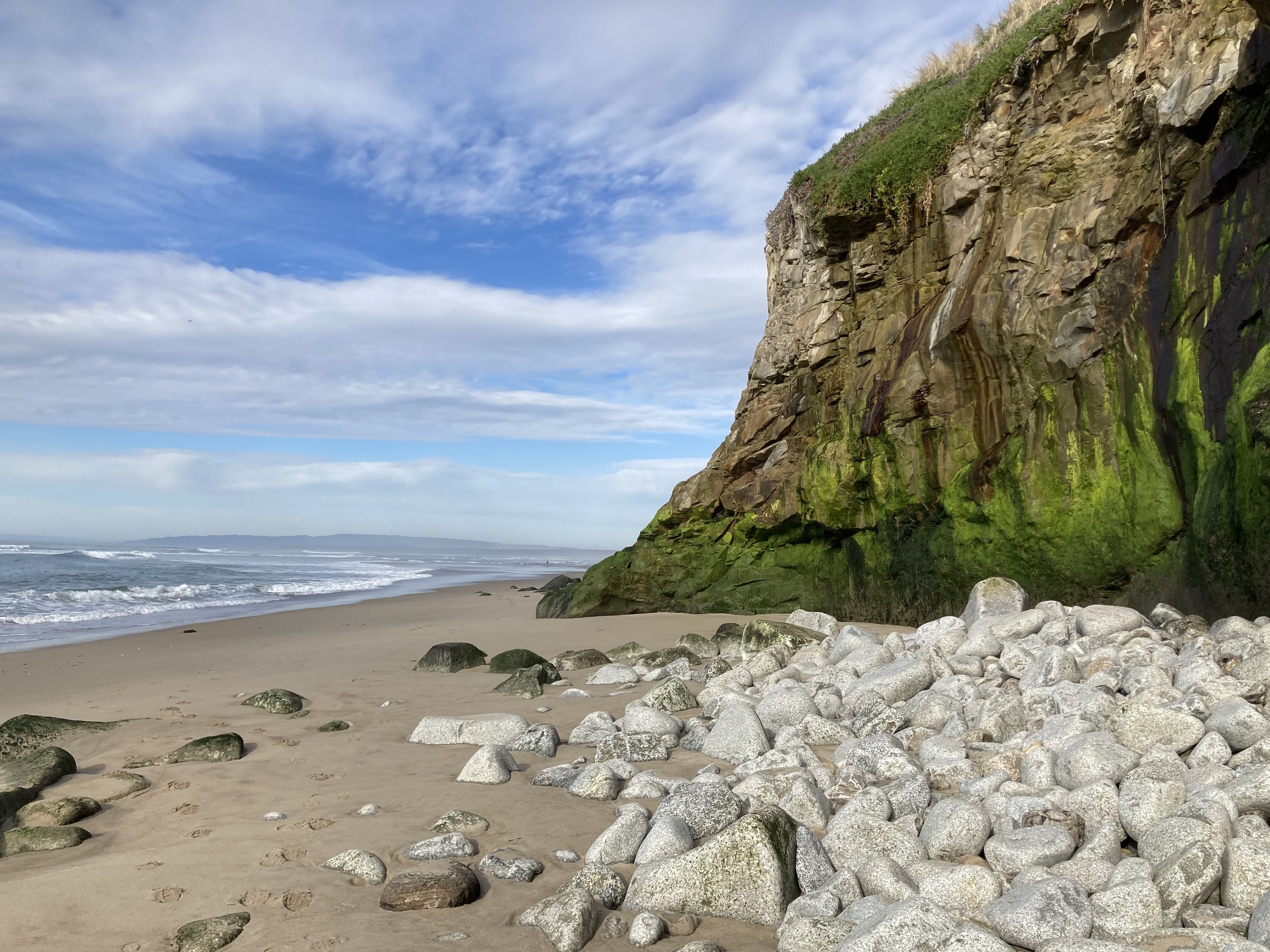Dreams. Cotton candy fluff and ethereal or a concrete reality? For Lompoc skate park, aka College Park, it is a dream that became literally a concrete reality over 20 years ago. A dream first dreamt in the late 1970’s (and perhaps before then) but discarded as impossible, became more probable with the advent of SB994.
Working together, the Youth Commission, Lompoc Parks & Rec and Surf Connection rallied the skateboarding community and raised monies as a good faith testament to the need. A piece of property was acquired through an agreement with Santa Barbara County and the Lompoc City Council agreed to fund the project through the City Budget. Several meetings with an experienced professional skate park designer and the skateboarding community resulted in the current design of the park. With the design in hand, the project was put out to bid, a builder selected and ground was broken. Soon a simple dirt field became a concrete playground for skateboarders of all ages and levels of ability to enjoy.
Today, while virtually unchanged from when it first opened to the casual observer, the park is beginning to reveal its age. Many of the edges are showing the wear and tear of daily use and the concrete in some places is crumbling. The skateboarding community has talked of having lights added to the park for many years and when the park was built there was discussion and hope that it would be enlarged in the future, offering more recreational opportunities.
We now have the opportunity to make those long ago and not so long ago wishes come true. But we need your help. The City of Lompoc is currently is seeking a grant to rebuild the skate park, to expand its usage, possibly add lighting and other amenities depending on the requests of the community and the viability of the features. Now is the opportunity to dream as the your input is sought. How would you like to see the skatepark? What changes or additions would you like to see at College Park? Lompoc Parks and Recreation has put together a packet to help you design the park of your dreams which may be picked up at Parks & Rec, Lompoc Aquatic Center or Surf Connection. Once you have built your ideal park on paper it may be returned to either of the three locations to indicate support for the grant request as well as input as to how the final park will look. There will also be public meetings on Zoom for input as listed below.
This is a wonderful opportunity to let your voice be heard and to help make a difference. So dream big and speak loud because isn’t that what dreams are for, becoming concrete?
Zoom Meetings
Wednesday 10/14 6PM - Zoom ID is 820-7474-3686
Saturday 10/17 10AM
Thursday 10/22 7PM

